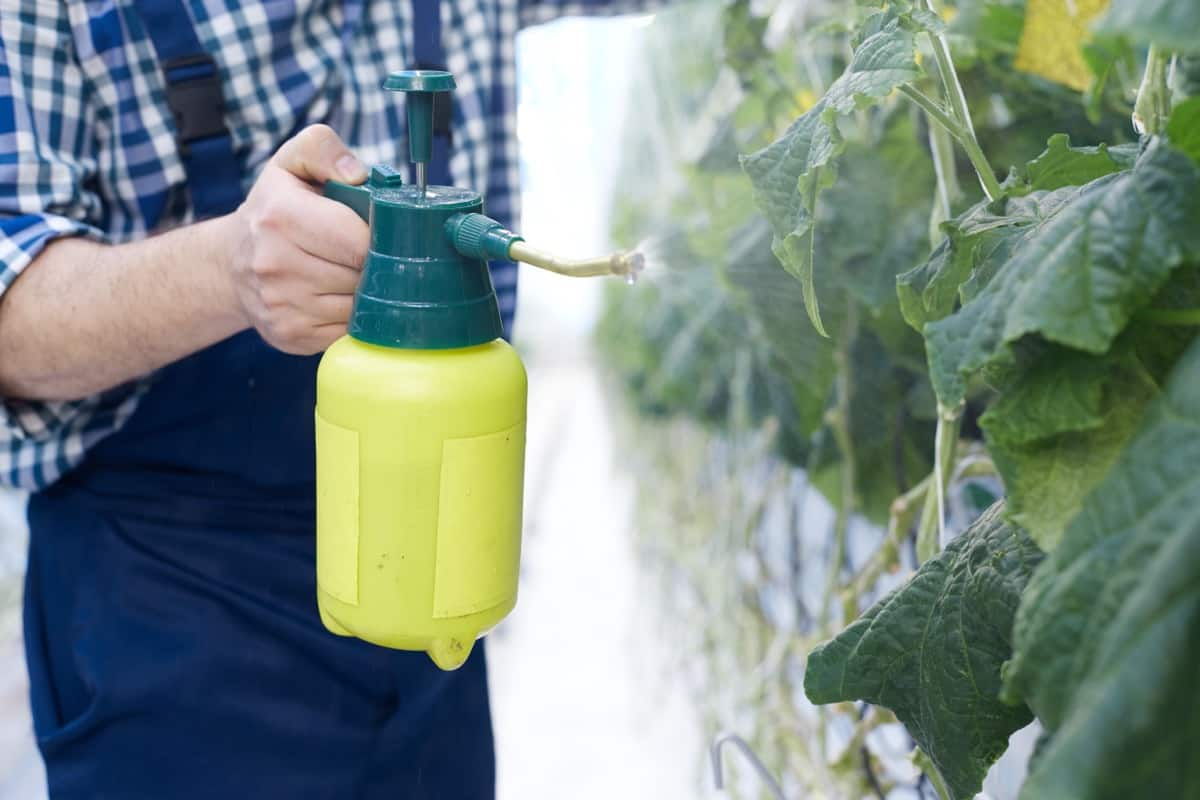Fulvic acid is a natural substance found in the humus of soil that’s lauded for its myriad benefits to plant health. The use of fulvic acid in agriculture has steadily gained traction due to its ability to boost crop yield, improve plant health, and enhance nutrient uptake. These benefits are accompanied by increasing awareness among growers about the importance of soil health for sustainable farming. Fulvic acid is increasingly regarded as essential for plant vitality and success.

Benefits of Fulvic Acid for Plants
One of the most significant fulvic acid benefits for plants is its ability to improve nutrient uptake. This humic substance makes minerals and other nutrients more absorbable by binding them into bio-available forms that plants can utilize. Its chelating property ensures that nutrients are present in the soil and accessible to the plants. This contributes significantly to the overall health and vigor of the plant, leading to more abundant, healthier crops and plants.
Fulvic acid also increases the permeability of plant cells, which can further enhance the absorption of nutrients. This, coupled with its ability to stimulate plant metabolism, leads to faster and healthier growth. It boosts enzyme production and improves photosynthesis, which results in increased yields and more robust, healthier plants.
Moreover, fulvic acid can enhance the plant’s resilience against stress. It aids in maintaining plant health under adverse environmental conditions, such as droughts, temperature extremes, and disease pressure. This is crucial in today’s changing climate, where weather patterns are increasingly unpredictable, and plant stress is common.
Use of Fulvic Acid in Agriculture
The use of fulvic acid in agriculture extends beyond just the growth of individual plants. It plays a critical role in enhancing farming systems’ overall productivity and sustainability. Applying fulvic acid can help improve soil structure, promoting its ability to retain water and nutrients and leading to healthier, more productive soils.
This can profoundly impact the productivity and sustainability of agricultural operations, boosting yield while reducing the need for chemical fertilizers and pesticides. In sustainable farming systems, fulvic acid is also recognized for its potential to promote beneficial microbial activity in the soil. It can stimulate the growth of these microbes. By doing so, fulvic acid can create a healthy soil biome, crucial for sustainable and organic farming.
Fulvic Acid Dosage for Plants
Fulvic acid dosage for plants is an important consideration when using this substance in a gardening or farming context. While the benefits are numerous, applying them in the correct dosage is key to harnessing them. Too little fulvic acid and you won’t see much difference; too much and it may overstimulate the plants and potentially lead to issues.
The right amount of fulvic acid for plants varies based on their needs and soil conditions. Usually, it is used in 1-2% concentrations, diluted in water, and applied to the soil or leaves. Applying it regularly during the growing season supports nutrient balance and vigorous growth.
In case you missed it: Application of Amino Acid Liquid Fertilizer: How to Use in Agriculture

Making Fulvic Acid
While buying commercially produced fulvic acid is possible, making it at home is an option for those who prefer a more hands-on approach. The process involves the extraction of fulvic acid from humus-rich soil or compost. To accomplish this, blend the soil or compost with water, enabling the fulvic acid to dissolve in the water, and then strain out the solid particles.
The resulting liquid contains fulvic acid and can be used in your garden or farm. However, it’s important to note that the concentration of fulvic acid can vary widely depending on the quality of the starting material. It’s also crucial to ensure that any compost or soil used is free from harmful substances that could negatively affect plant health.
Effect of Fulvic Acid on Plants
The effect of fulvic acid on plants is multifold. As we’ve already discussed, it enhances nutrient uptake, boosts plant metabolism, and improves the plant’s resilience against environmental stressors. But there’s more to the story. Fulvic acid can also promote root development, enhancing nutrient and water uptake and contributing to overall plant vitality.
By improving the structure of the soil, fulvic acid also helps to create a more conducive environment for plant growth. It improves the aeration of the soil, which can benefit plant roots and support the growth and activity of beneficial soil microbes. Using fulvic acid in the garden or farm can lead to stronger, healthier plants and more productive yields.
How and When to Apply Fulvic Acid
Knowing how and when to apply fulvic acid is key to optimizing its benefits for your plants. As a foliar spray, fulvic acid should be applied early in the morning or late in the afternoon to avoid the heat of the day, which can cause the spray to evaporate before the plant can fully absorb it. When applied directly to the soil, fulvic acid can be used either at the time of planting to give seedlings a strong start or during the growing season to supplement nutrient levels.
In terms of frequency, the application can be made once every two to three weeks throughout the growing season. Remember that fulvic acid is not a one-time fix but a supplement that needs to be used consistently to maintain its benefits.
Uses of Fulvic Acid for Plants
The uses of fulvic acid for plants are broad and varied. The home garden can enhance the growth and health of a wide range of plants, from fruits and vegetables to flowers and ornamentals. In the farming context, it’s used to boost crop yield, improve produce quality, and promote sustainable farming practices. In addition, fulvic acid can be part of a plant’s stress recovery plan. Whether plants are recovering from transplant shock, disease, or extreme weather conditions, fulvic acid can help to promote recovery and encourage healthy growth.
Best Fulvic Acid for Plants
Selecting the ideal fulvic acid for plants relies on factors like your plants’ requirements and your soil’s properties. It’s also essential to consider the source and production methods of fulvic acid. Opt for products that are derived from high-quality, natural sources and produced without the use of harmful chemicals.
In case you missed it: Top 10 Benefits of Gibberellic Acid in Agriculture

While fulvic acid is beneficial on its own, it’s also often found in combination with humic acid and other beneficial substances in various organic soil amendments. These combinations can provide a complete solution to enhancing soil health and boosting plant vitality.
Conclusion
Fulvic acid is an important ally in seeking healthy, productive plants. Whether you’re a home gardener or a farmer, understanding the benefits and uses of fulvic acid can help you take your plant care to the next level. From improving nutrient uptake to enhancing plant resilience, fulvic acid is a game-changer in plant health and productivity.
- Ultimate Guide to Ossabaw Island Hog: Breeding, Raising, Diet, and Care
- Ultimate Guide to Juliana Pig: Raising Facts, Size, Diet, Care, and Lifespan
- Raising Lleyn Sheep: Disadvantages, Price, Uses, Characteristics, and Care
- Ultimate Guide to Meishan Pig: Breed Facts, Breeding, Raising, and Care
- Ultimate Guide to Teacup Pigs: Raising, Diet, Lifespan, Cost, and Care
- Guide to Raising Poll Dorset Sheep: Facts, Profile, Characteristics, Uses, and Care
- Ultimate Guide to Bighorn Sheep: Characteristics, Diet, Lifespan, Breeding, and Lifecycle
- Ultimate Guide to Raising Katahdin Sheep: Farming Facts, Breed Profile, Uses, and Care
- Ultimate Guide to Raising Oreo Cows: Belted Galloways Farming Facts, Profile, Uses, and Care